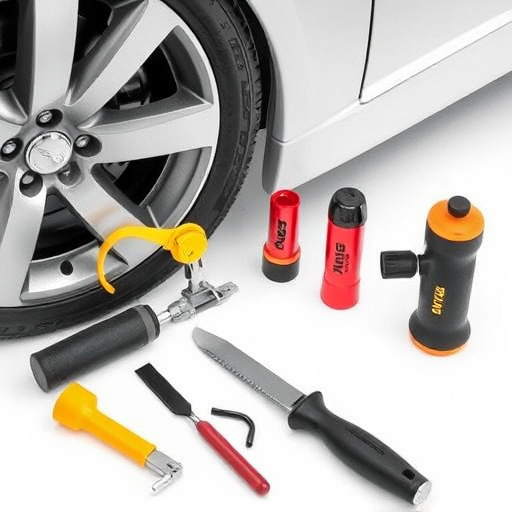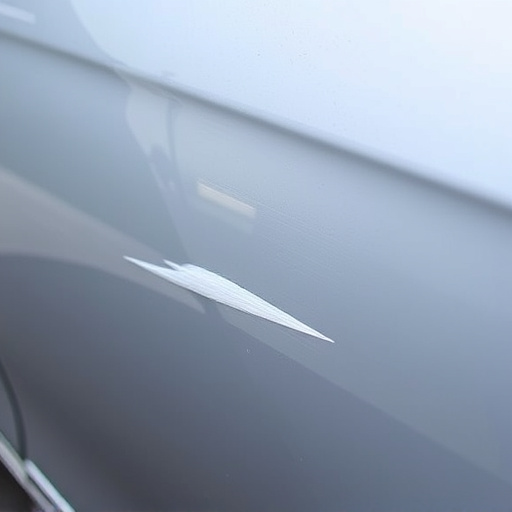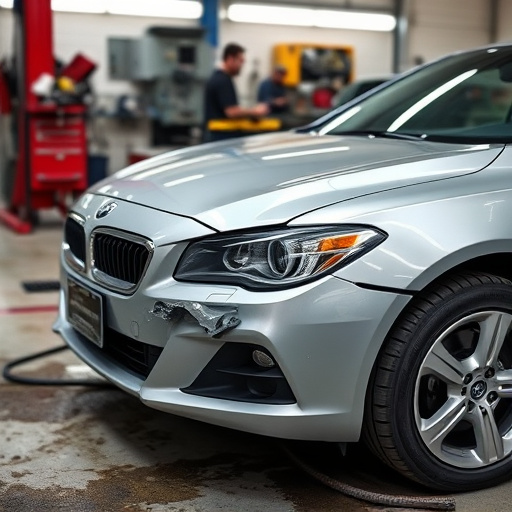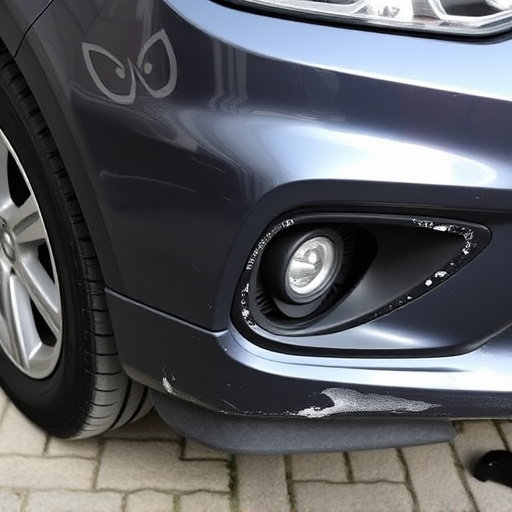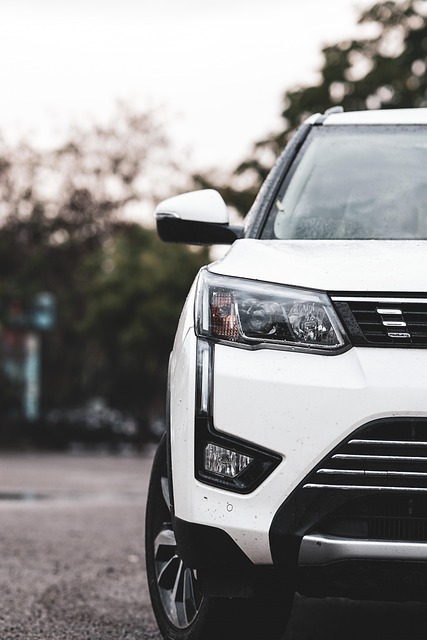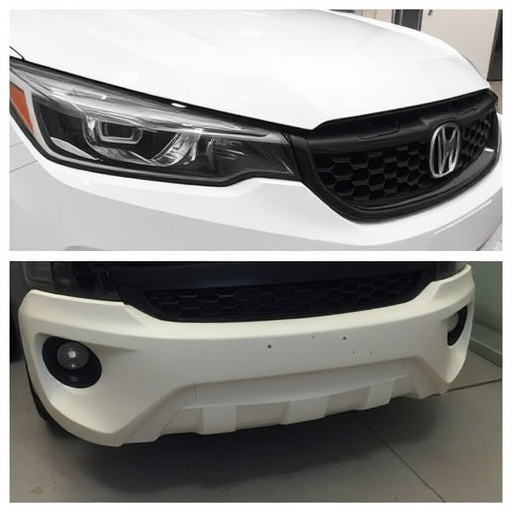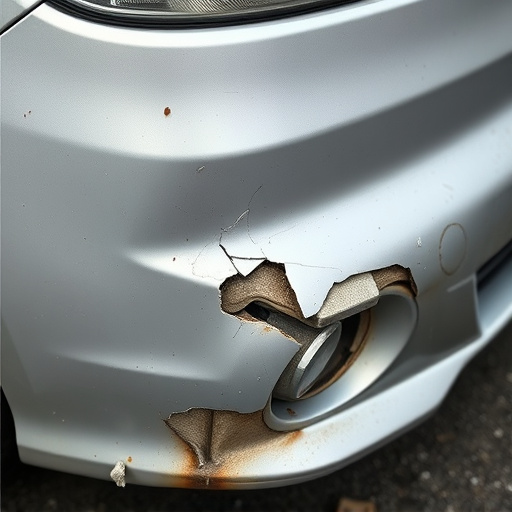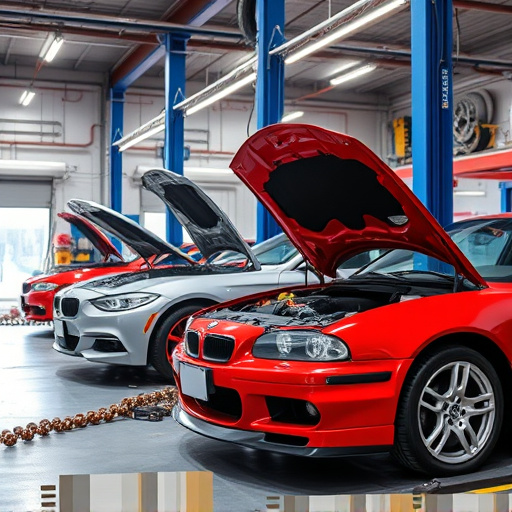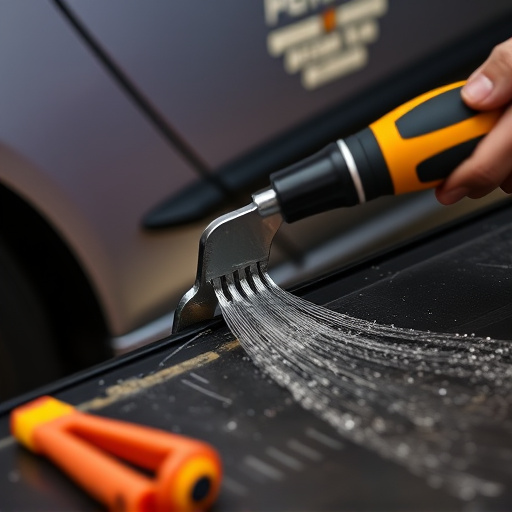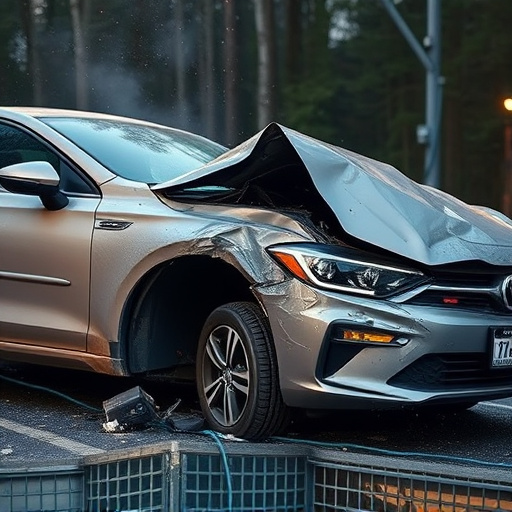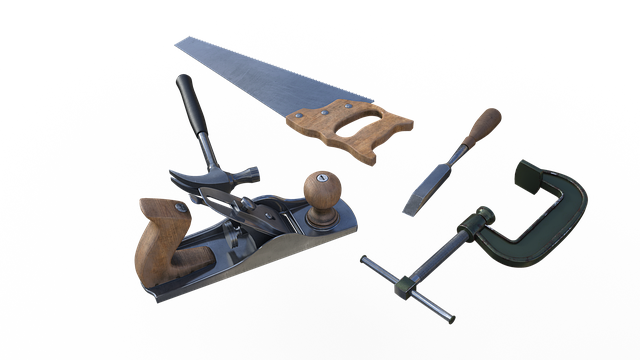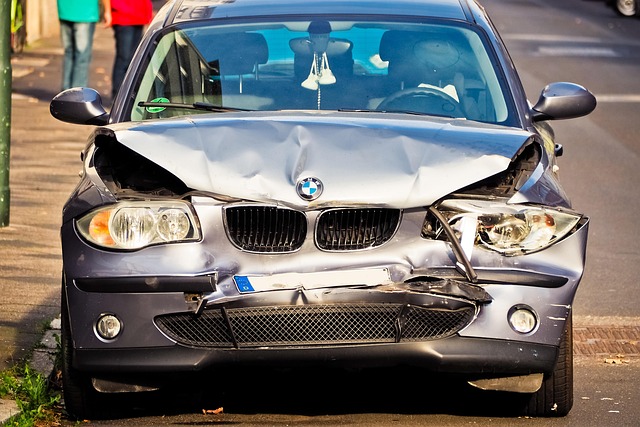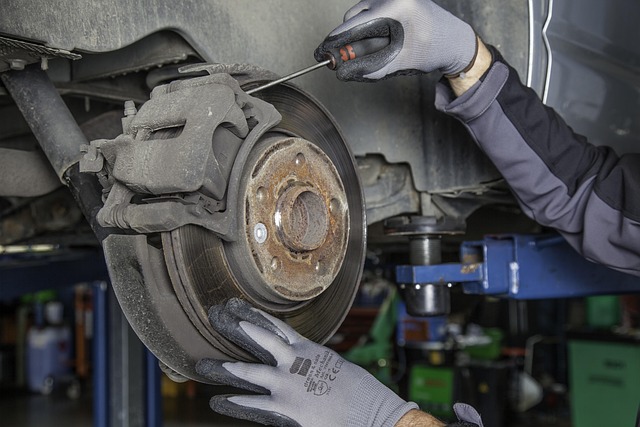Pulling system collision repair is a cutting-edge technique using CAD and CNC for precise structural adjustments after accidents. This method ensures faster, consistent repairs without compromising vehicle integrity, applicable to modern cars and classic restorations. Comprehensive inspections before and after repair identify existing issues and ensure optimal performance upon completion, including rigorous testing of critical systems. Pulling system collision repair meticulously aligns and repairs components, guaranteeing vehicles return to pre-collision condition with enhanced structural integrity and reliable driving experience.
In today’s automotive landscape, efficient and precise pulling system collision repair techniques are essential for ensuring vehicle safety and performance. This comprehensive guide delves into the intricacies of this specialized field, covering everything from understanding advanced repair methods to meticulous pre- and post-repair inspections. Learn how thorough testing procedures guarantee optimal vehicle performance following collisions, emphasizing the significance of a well-executed pulling system collision repair process.
- Understanding Pulling System Collision Repair Techniques
- Pre- and Post-Repair Vehicle Inspection Procedures
- Ensuring Optimal Performance After Collision Repair
Understanding Pulling System Collision Repair Techniques
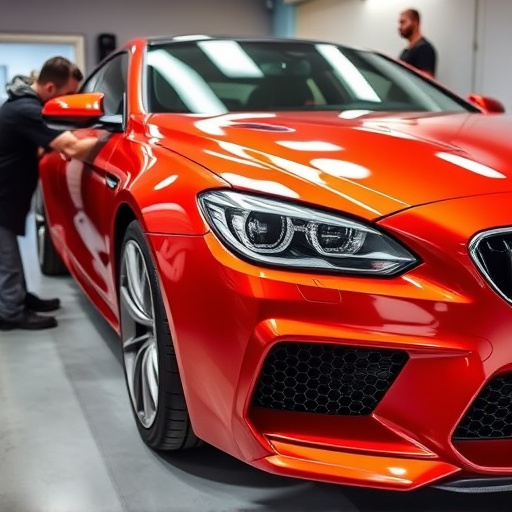
Pulling system collision repair is a specialized technique that has revolutionized the way we approach vehicle damage and restoration. This method utilizes advanced equipment and systems to accurately measure, analyze, and rectify structural discrepancies in vehicles after an accident. By employing sophisticated pulling mechanisms, professionals can precisely apply forces to align components back to their original specifications. This not only ensures a more accurate and consistent repair but also facilitates faster turnaround times without compromising the integrity of the vehicle’s structure.
Understanding how these systems work involves grasping key concepts such as force distribution, load transfer, and precision adjustments. Modern pulling equipment often incorporates computer-aided design (CAD) and computer numerical control (CNC) technologies to deliver highly accurate results, which are particularly beneficial for complex collision scenarios. Moreover, this approach is not limited to contemporary vehicle models; it also finds application in classic car restoration, enabling enthusiasts to meticulously revive historical vehicles while maintaining their original aesthetics and structural integrity.
Pre- and Post-Repair Vehicle Inspection Procedures
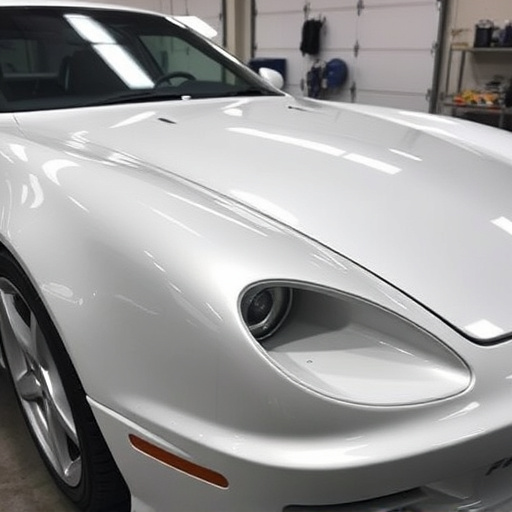
Before any pulling system collision repair begins, a thorough inspection of the vehicle is crucial. This pre-repair assessment involves meticulous checking of all components to identify and document existing damage or potential issues that might be exacerbated during the repair process. It includes visual inspections, road tests, and diagnostic scans using specialized tools to capture accurate data about the car’s condition. This initial evaluation serves as a baseline for comparison after the repair work is completed.
Post-repair, vehicles undergo rigorous testing to ensure they meet safety standards and performance expectations. This involves checking key systems such as brakes, suspension, lighting, and steering, all while using advanced diagnostic equipment to verify that every component functions optimally. The goal of these inspections is not just to identify obvious car damage repair issues but also subtle ones that could affect the vehicle’s overall performance and safety. Through meticulous pre- and post-repair inspections, auto maintenance professionals ensure that vehicles are restored to their highest possible standards after collision repairs.
Ensuring Optimal Performance After Collision Repair
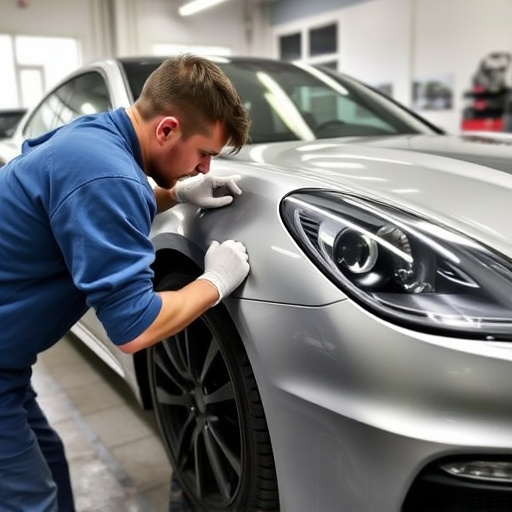
After a collision, it’s crucial to restore not just the visual aspects but also the structural integrity and optimal performance of the vehicle. Pulling system collision repair is a meticulous process that ensures every component, from the frame to the suspension systems, is accurately aligned and repaired. This comprehensive approach is vital for preventing future issues and ensuring safe operation on the road.
Proper post-repair testing, including frame straightening and intricate automotive body work, plays an equally significant role in achieving top performance. By subjecting the vehicle to rigorous tests, such as road simulations and precision measurements, any lingering imbalances or misalignments can be identified and corrected. This meticulous attention to detail guarantees that the vehicle returns to its pre-collision condition, providing owners with peace of mind and a reliable ride.
Pulling system collision repair techniques, combined with meticulous pre- and post-repair vehicle testing, ensure that vehicles return to their optimal state. By understanding these advanced repair methods and adhering to rigorous inspection procedures, professionals can guarantee not only structural integrity but also the continued safety and performance of vehicles post-collision. This comprehensive approach to collision repair is key in maintaining the value and reliability of vehicles in today’s market.
